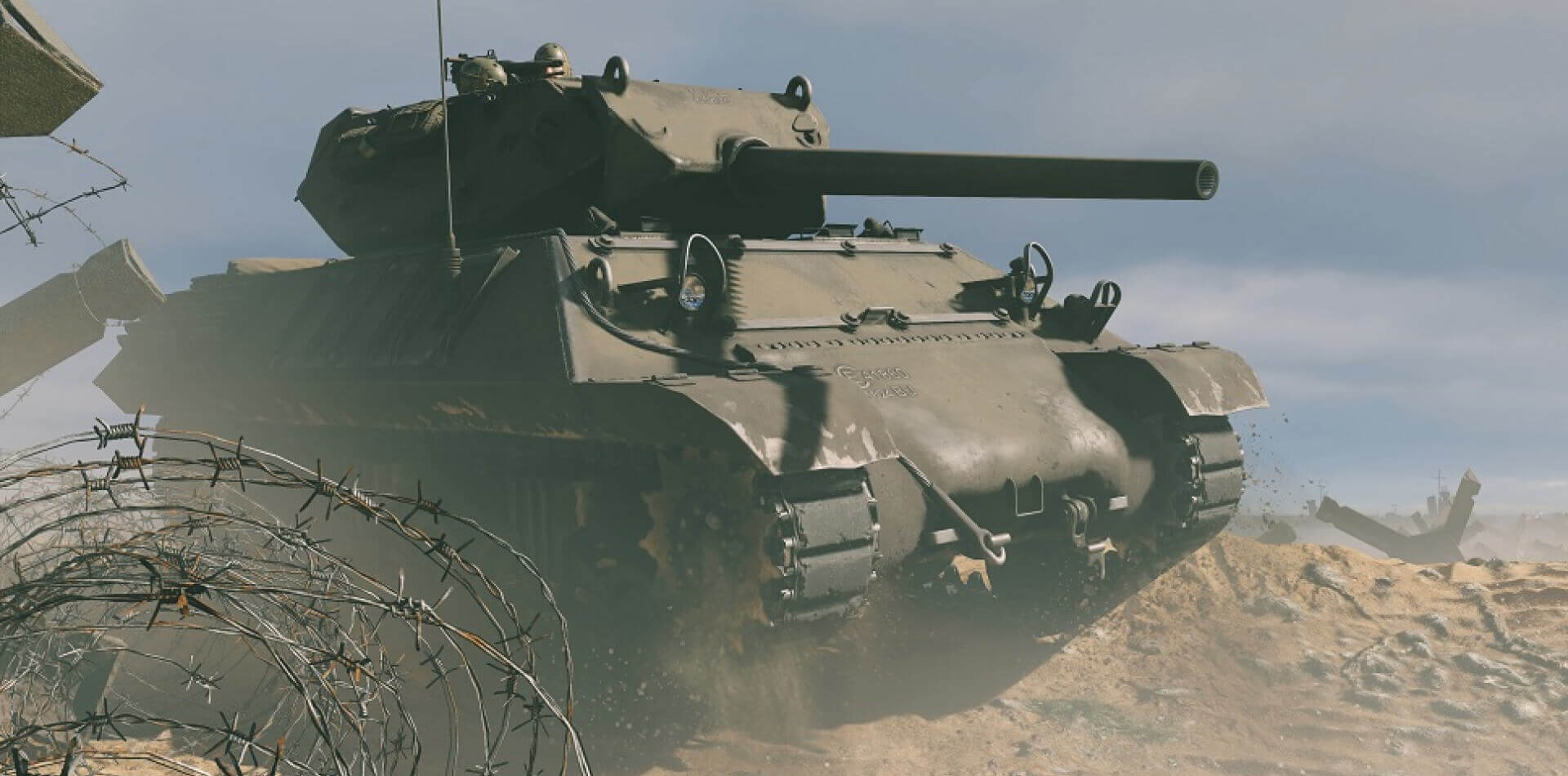Enlisted: новый тест!
Приветствуем, бойцы!
Мы продолжаем разработку Enlisted и готовы рассказать о наших новых успехах, а также хотим пригласить вас оценить их на деле. Приглашения на новые сессии Закрытого тестирования уже отправлены всем игрокам, поддержавшим разработку, а также отдельным бойцам, подавшим заявку на участие в тестировании.
Инструкции и сведения о времени тестирования вы найдёте в письме!
Не отчаивайтесь, если вы не получили приглашение. Мы регулярно приглашаем новых участников!
Весь этот месяц мы продолжали активную разработку и уже можем представить вам улучшенные физику движения бойцов и взаимодействие с оружием.
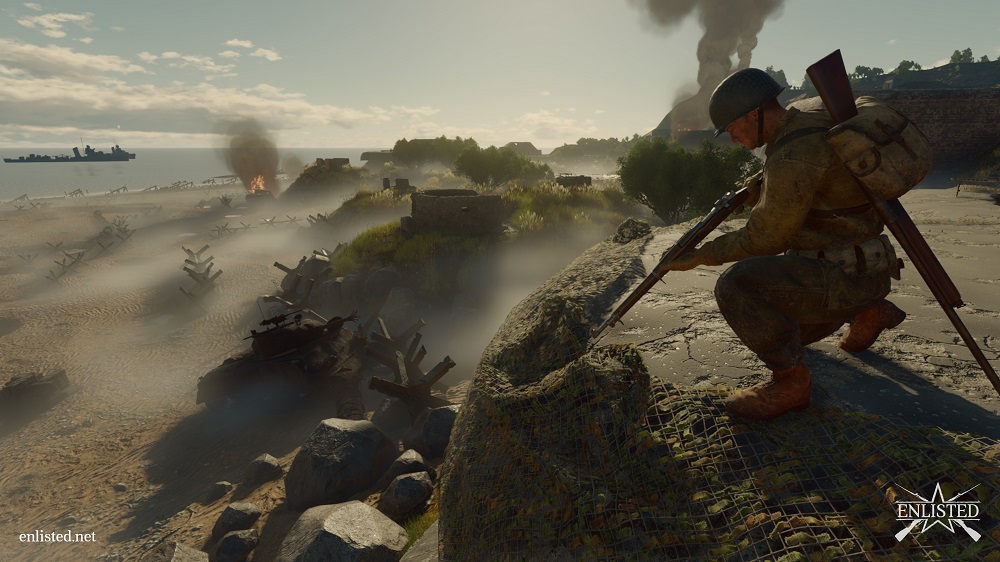 |
| Инверсная кинематика, благодаря которой персонаж держит оружие более естественно, особенно при прицеливании |
Для лучшей координации команд мы добавили компас, а любителей достижений ждут новые награды. Также мы уделили особое внимание взаимодействию с окружением и улучшили определение попаданий — это особенно важно для реалистичной игры.
Продолжаем улучшать и графику: теперь солнечный свет освещает и те места, куда прямые лучи не попадают, но отражаются от окружения — как, в общем-то, и происходит в реальности. На картах появились новые бункеры, лужи и грязь, чтобы ещё больше погрузить вас в атмосферу войны. Посмотрите, как изменилась картинка!
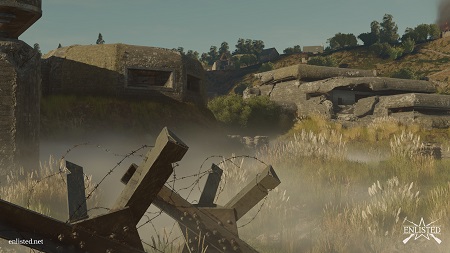 |
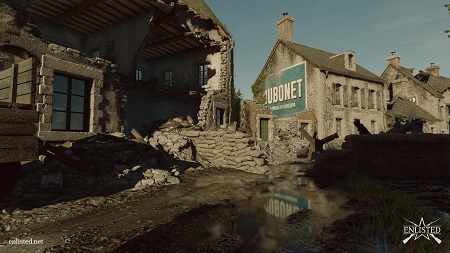 |
| Новые бункеры | Грязь и лужи |
- новые бункеры на локациях;
- реализована инверсная кинематика, благодаря которой персонаж держит оружие более естественно особенно при прицеливании вверх и вниз.
- улучшена физика перемещения персонажей;
- улучшено взаимодействие с окружением при перемещении лёжа;
- исправлено отображение уничтоженных пулемётов для игроков, присоединяющихся в середине сессии;
- добавлены следующие награды: подавление пулемётчика, убийство с большого расстояния, захват точки, двойное, тройное и мультиубийство, headshot;
- в интерфейс добавлен компас;
- исправлен эффект попадания по стационарному пулемёту;
- в дебрифинг добавлено время миссии;
- добавлена возможность вытаскивать патроны из своего оружия через инвентарь;
- точки захвата в домах теперь распространяются на весь объём дома;
- исправлена ошибка, из-за которой ИИ-боты не могли убить лежачего противника в рукопашной;
- добавлено стартовое вращение гранатам;
- исправлено повреждение от падения с высоты;
- исправлено взаимодействие с уничтоженными объектами на клиентах, приводящее к десинхронизации;
- добавлен выбор персонажа из следующего отряда на респавне;
- улучшено определение попаданий по противникам;
- улучшена процедурная анимация моделей персонажей (рэгдолл) после гибели;
- добавлена реакция на попадания по противникам;
- на локациях добавлено окружение: грязь и лужи;
- на локациях улучшено освещение.
- Новые разрушенные дома
Ждём вас на тестировании Enlisted, бойцы!
.jpg) |
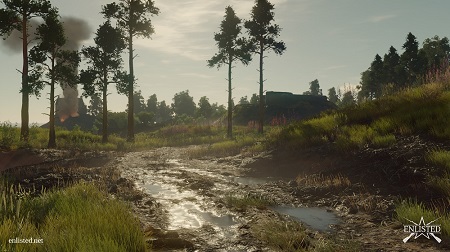 |
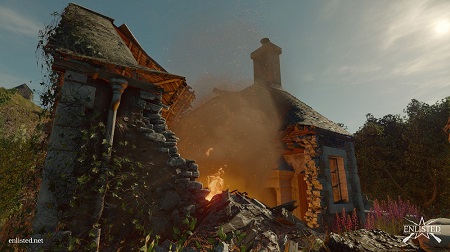 |
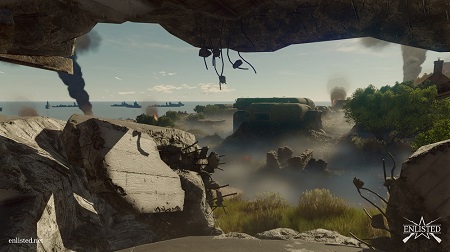 |
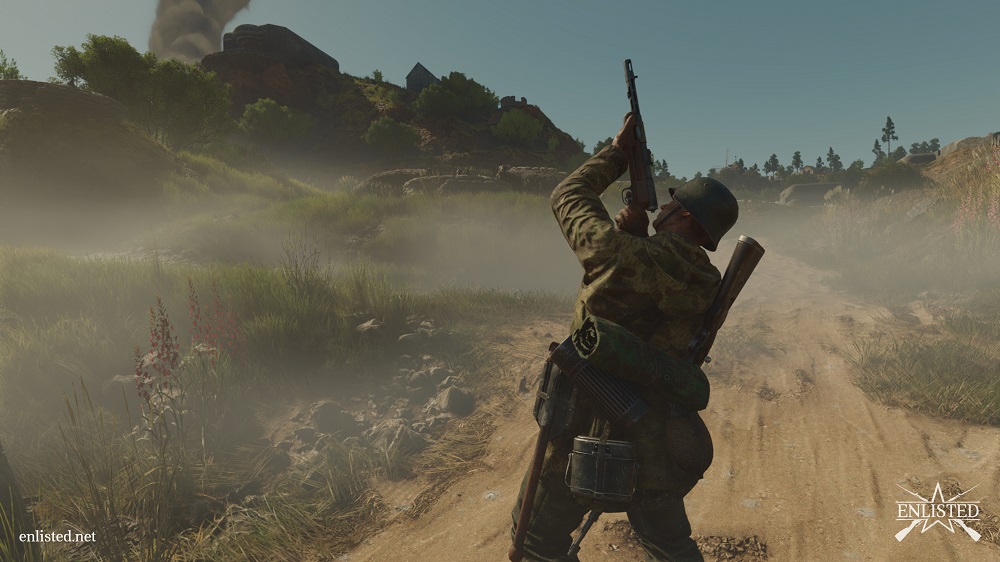 |
|
Оставляйте предложения по улучшению игры и сообщения об обнаруженных ошибках в этой форме (убедитесь сначала, что у вас обновлены драйверы системы и комплектующих). Новости о тестировании будут оперативно появляться в дискорд-канале Enlisted. О начале масштабного альфа-тестирования мы сообщим отдельно. А чтобы точно не пропустить важные новости, подписывайтесь на обновления в социальных сетях: ВКонтакте, Facebook и Twitter.
